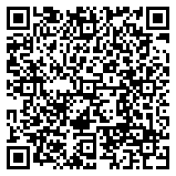ISSN: 2664-2891
Submissions
Submission Preparation Checklist
As part of the submission process, authors are required to check off their submission's compliance with all of the following items, and submissions may be returned to authors that do not adhere to these guidelines.- The manuscript is in Word format, in accordance with the submission format.
- All authors of the manuscript have their unique identifier (ORCiD), email, and the affiliation to which they belong.
- The submission has not been previously published or considered by any other journal (or an explanation has been provided in the Comments to the Editor).
-
The text respects the maximum character/word limit defined by the Journal for each article type (table 1). Furthermore, the manuscript complies with the structure defined by the Journal https://revistascientificas.upacifico.edu.py/index.php/PublicacionesUP_Salud/about/submissions
- The bibliographical references include the DOI identifier or, failing that, the URL addresses
- The authors of the manuscript must add a unique identifier (ORCiD)
- Compliance with ethical standards for studies involving humans and experimental animals. Respective authorizations and certifications.
- The model cover letter is attached, signed by the authors, which meets the requirements indicated in the author guidelines (declaration of authorship responsibility, conflict of interest, and reviewer suggestion).
Privacy Statement
The names and email addresses entered in this journal site will be used exclusively for the stated purposes of this journal and will not be made available for any other purpose or to any other party.

















 All the contents of this journal are licensed under a
All the contents of this journal are licensed under a 